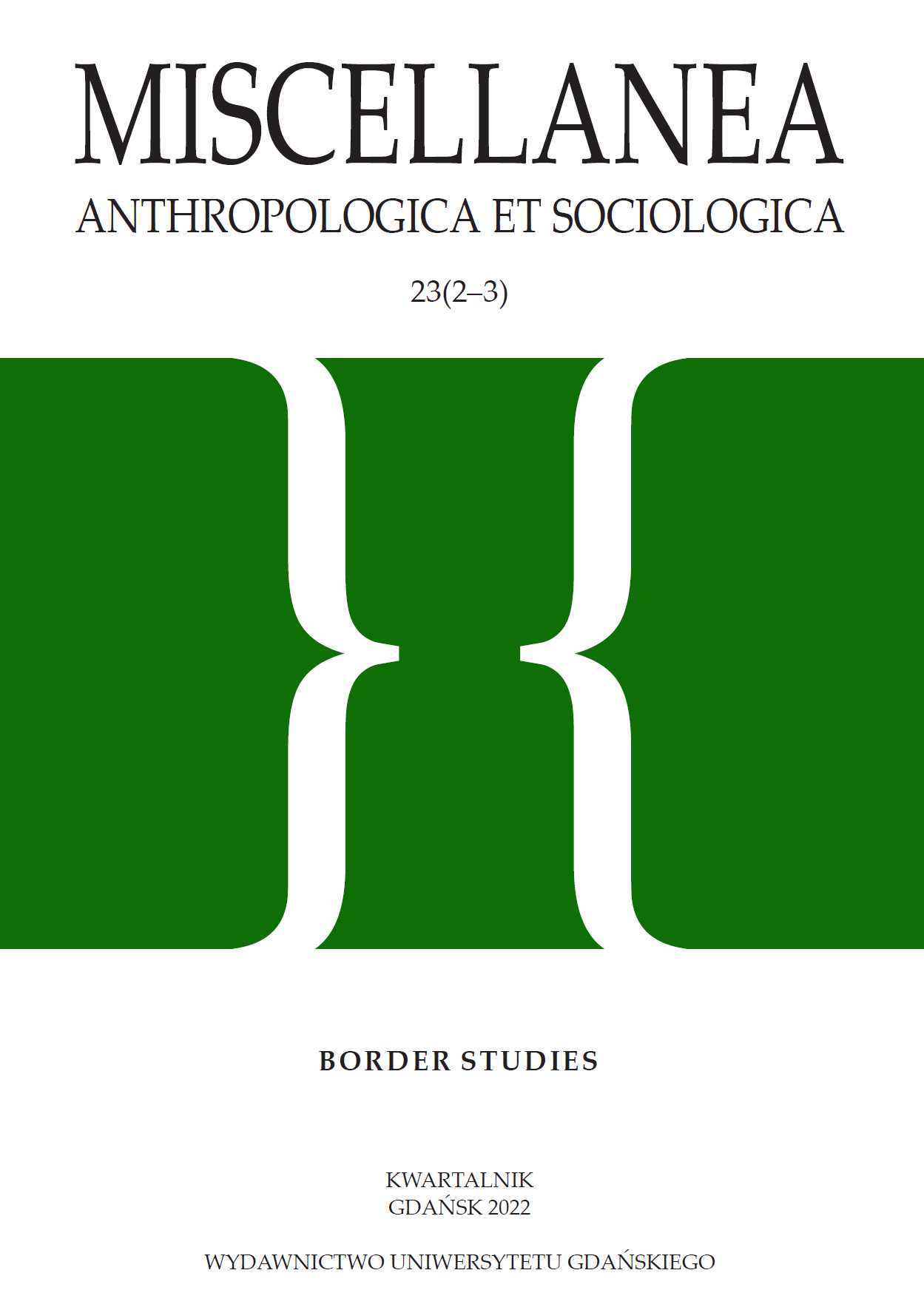Transgressing Aesthetic Borders: Art, Sex & Marriage in Santa Barbara’s Courthouse Murals
Abstrakt
This article centers the aesthetic re-staging of Santa Barbara after the devastating earthquake of 1925 in order to interrogate how the city mythologized a white heteronormative patriarchal version of California’s history that persists today. Critiquing Santa Barbara’s Courthouse Mural Room through a queer, postcolonial lens, I argue that contemporary wedding ceremonies held in the Mural Room can destabilize fixed borders between California’s fantasy heritage past and present. Indexing sexuality as Western imperial history through the Courthouse Murals enables my analysis of Mural Room artist Daniel Sayre Groesbeck’s “scenarios of encounter” between the Spanish and indigenous Chumash in 1542. I draw on scholar Valerie Traub’s geo-spatial construction of race and sexuality in the Renaissance to explore Groesbeck’s murals as erotic signifiers of white fantasy projections of a socially and erotically “stable” Santa Barbara onto indigenous bodies. Traub’s reading of early modern European cartography as visual evidence of the elision of indigenous genders and sexual identity in the “New World” informs my critical intervention in Santa Barbara’s contemporary marriages and material production.

 Uniwersyteckie Czasopisma Naukowe
Uniwersyteckie Czasopisma Naukowe




